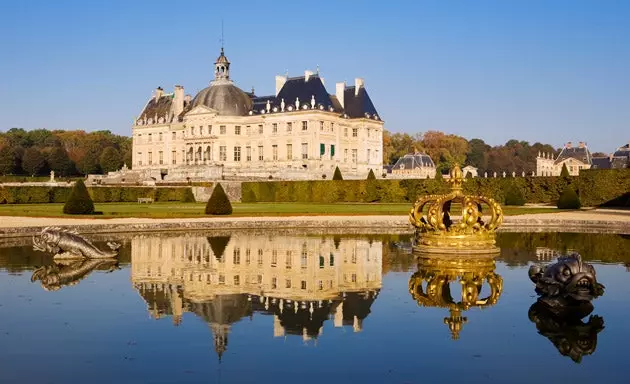
Although it seems so, it is not Versailles
Note: Attention, this list does not include Versailles, sorry . The city of Marie Antoinette has the ability to stress me to unsuspected limits. The cameras of the Japanese, the children screaming (I, in their place, would do the same), and the thousands and thousands of people parading through the halls of the palace make me want to run. We are looking for something different.
1) Giverny: in the impressionist footsteps of Monet. How many times have I come here? Four, five... I don't know, but I will never tire of imagining that I am part of the impressionist landscape that inspired Claude Monet . The great painter lived here with his second wife and eight children from 1883 until his death in 1926. The house, converted into a museum, and the gardens reveal the artist's dream determined to capture the essence of the landscape under different light and weather conditions . In the "water garden" he painted his famous series of "Ninfeas" (which can be visited at the Musée de la Orangerie in Paris) and on the Japanese bridge it is impossible not to remain absorbed contemplating the waters that captivated the painter.
The visit to the tiny town of alleys full of flowers and music of birds includes the Impressionists Museum opened in 1992. And for lunch, nothing like the Hotel Baudy , with its decadent decoration. It used to be frequented by Monet's friends on their visits to the village. Not to be missed is the backyard with his painter's atelier, a true wonder that transports us to a time when everything seemed to revolve around art.
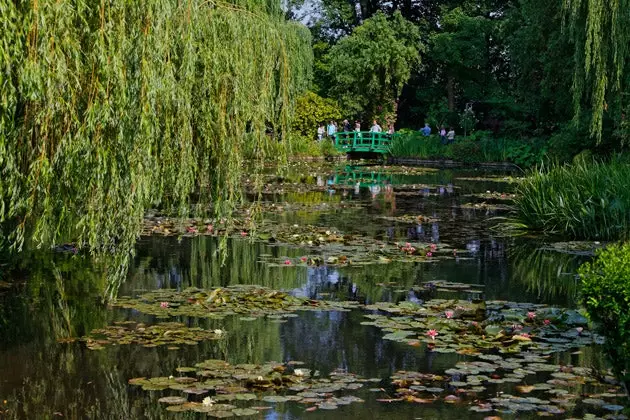
Giverny: Monet's inspiration
2) Château de Vaux-le-Vicomte, The Castle that inspired Versailles: I confess, before arriving in Paris, I had never heard of this castle with its far-fetched name, but after visiting it several times, I am a faithful devotee of the palace that served as a reference to Versailles itself. Not in vain the lavish gardens were designed among others by Le Nôtre, the main author of those of the palace of the Sun King.
The castle was built by the finance minister of King Louis XIV, Nicolas Fouquet. The grandeur of the Château de Vaux-Le Vicomte aroused the suspicions of the King, who he considered it too extraordinary to belong to a mere minister. The whim of the unfortunate Fouquet landed him in prison, where he would die in 1680.
Currently in private hands, the Château organizes several interesting activities throughout the year : from April to October, on the second and last Saturday of each month, beautiful water shows and in spring there is a crowded picnic where attendees are dressed in period clothes.
It is a must to dine in the restaurant at one of the tables overlooking the garden. Simply charming and although a certain care and sophistication is missing in the kitchen, for being here we forgive (almost) everything.
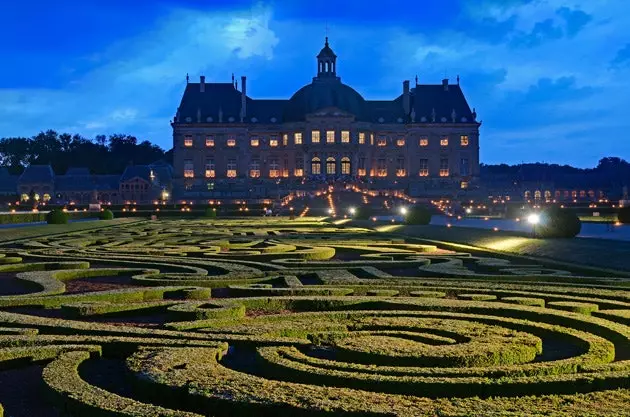
Chateau de Vaux-le-Vicomte
3)The mysterious Abbey of Jumieges and the best site in France. It's true: it's a bit far from Paris (about 120 kilometers), perhaps bordering on being considered a simple getaway, but I couldn't resist including it on this list: it's just that it's hard not to be seduced by the romantic and mysterious halo of the ruins of this 7th century abbey.
And right after, gastronomic tribute at the ** Auberge de Deux Tonneaux **. Behind the stove of this Norman restaurant there are no Michelin chefs or pompous culinary awards, but it may be one of the best tables in which I have eaten since my arrival in the Gallic country (and it's been three years now). In this 17th-century hostel in a tiny village lost on the roads of green Normandy, hearty, delicious food is served at a good price (pay attention to the traditional cocottes). Wash it down with a glass of cider and if the weather is nice ask for a table on the terrace facing the apple trees. And if it's cold, it's not bad next to the fireplace, right?
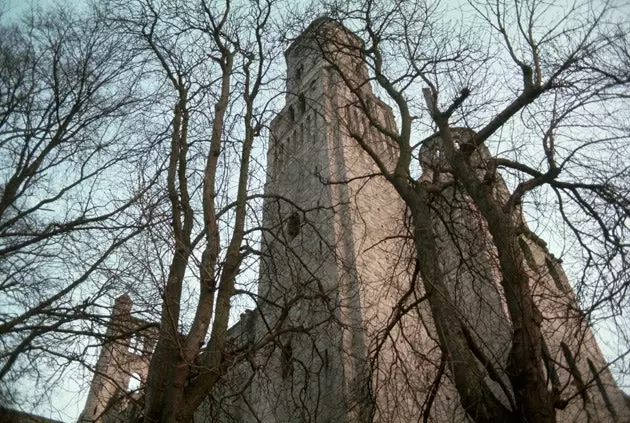
The mysterious Abbaye de Jumieges
4) Chantilly, the city of cream. How many times have we not had this vanilla-flavoured milk cream? Chantilly cream originates from the elegant city of the same name, 48 kilometers north of Paris. Like all great castles in the 17th century, Chantilly had a farmhouse with cows where the idle ladies of the house and their guests had fun playing "milkmaids" (I don't see the grace either but... that's how it was) , one of the hobbies, by the way, of the ill-fated Marie Antoinette.
In one of these experiences, a milk cream was born that would become the envy of the European aristocracy. So, the first objective of the visit is to try it. It is found everywhere but we recommend the Auberge Le Vertugadin (44, rue du Connétable), a regional food restaurant, perfect for trying the traditional “terrines” with sweet onion chutney in front of a crackling fire, without forgetting, of course, the most typical dessert. Let's not forget a visit to the beautiful city castle surrounded by lakes, parks and a forest where one of the most sophisticated (and a bit posh) racetracks in Europe is located
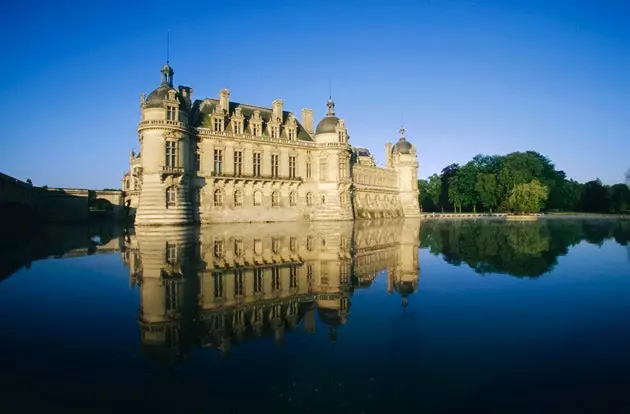
Chantilly: vanilla and castle flavor
5)Auvers-sur-Oise: following the last steps (and paintings) of Vincent Van Gogh: The Dutch painter fell in love with the landscapes that previously seduced Pissarro or Cézanne and, despite his precarious state of health, he settled in a room in the Ravoux pension, where he began a frenetic artistic activity (in two months, more than seventy paintings) . Van Gogh returned here to paint with great enthusiasm as he himself described his mother:
“I am fully absorbed by these immense plains of wheat fields against a background of hills, vast as the sea, of a very tender yellow, a very pale green, a very sweet mauve, with a part of tilled land, all together with flowering potato plantations; all under a blue sky with shades of white, pink and purple. I feel very calm, almost too calm, I feel capable of painting all this”.
However, his depression worsens and on July 27, 1890, at the age of thirty-seven, he shoots himself in the chest with a revolver. He died two days later, in his room at the Ravoux pension. It is still possible to have lunch in the same pension where the artist spent his last days and visit the room that he occupied and where he died at the hands of his beloved brother Theo, in addition to visiting the places that inspired the painter (in the places where Van Gogh painted there are explanatory posters). In addition, in the village cemetery you can make a pilgrimage to the tombs of the Van Gogh brothers.
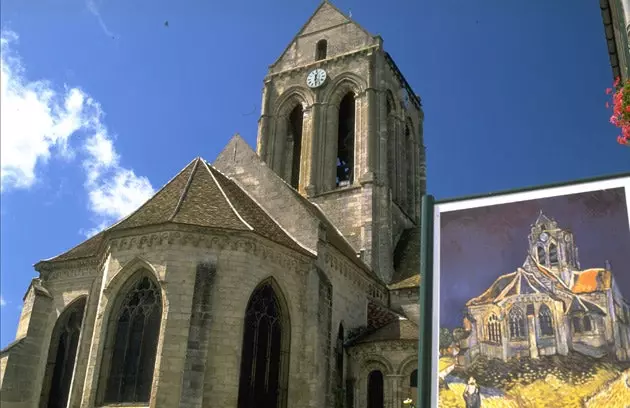
Auvers-sur-Oise: Van Gogh's village
